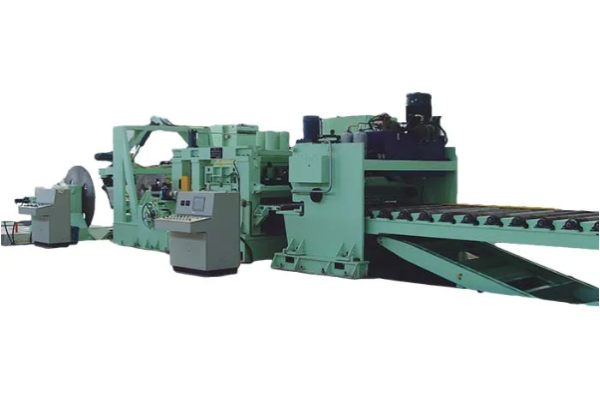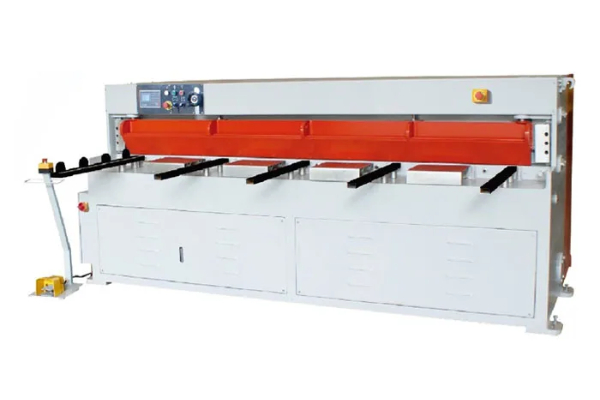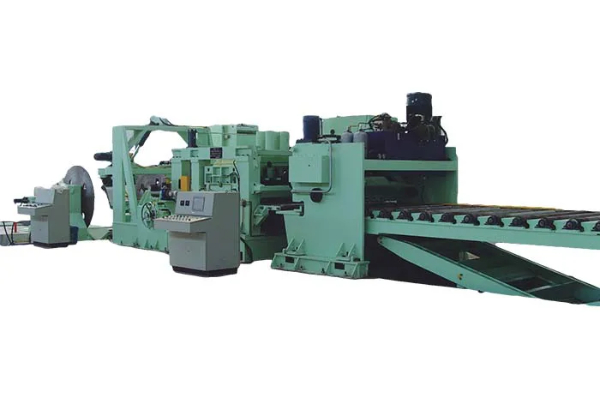
The Impact of Plate Thickness on Bender Performance
- By:Metmac
- 2024-06-06
- 221
Bending is a metalworking process that involves forming metal sheets or plates into specific shapes. The thickness of the plate is a critical factor that significantly impacts the performance of the bending process. This article explores the various ways in which plate thickness influences bender performance, shedding light on the implications for manufacturers and fabricators.
Bending Resistance
As plate thickness increases, the force required to bend the metal also increases. This is because thicker plates have a higher moment of inertia, which resists bending deformation. Consequently, thicker plates require more bending force to achieve the same bend angle. Manufacturers must ensure their benders have sufficient capacity to handle the bending resistance of thicker plates.
Springback
Springback refers to the tendency of metal to partially regain its original shape after bending. Thicker plates exhibit less springback compared to thinner plates. This is because thicker plates have a higher elastic modulus, which resists deformation and promotes shape retention. Therefore, thicker plates require less overbending to compensate for springback, reducing the risk of creating excessive bends.
Tool Wear
The wear rate of bending tools is directly proportional to the plate thickness. Thicker plates exert greater force on the bending tools, causing them to wear out faster. As the tools wear, the bending accuracy and surface finish may be compromised. Manufacturers must use high-quality tools and implement regular maintenance schedules to mitigate tool wear and ensure optimal bender performance with thicker plates.
Bending Radius
The minimum bending radius achievable with a bender is limited by the plate thickness. Thicker plates require a larger bending radius to prevent cracking or excessive deformation. Manufacturers must select benders with appropriate bending radii to accommodate the thicknesses of plates they intend to process.
Formability
Plate thickness also affects the formability of the metal. Thicker plates are less formable than thinner plates due to their higher yield strength. This means that thicker plates are more susceptible to cracking or tearing during bending. Manufacturers must use appropriate bending techniques and ensure the material has sufficient ductility to withstand the bending process.
Process Time
Bending thicker plates typically requires longer process times. This is because thicker plates take more time to reach the desired bend angle and may require multiple passes through the bender. Manufacturers must adjust their process parameters and schedules accordingly to accommodate the longer cycle times associated with bending thicker plates.
Conclusion
The thickness of the plate is a critical factor that impacts the performance of bending processes. Manufacturers must understand the implications of plate thickness on bending resistance, springback, tool wear, bending radius, formability, and process time. By carefully considering these factors, manufacturers can select appropriate benders and optimize their bending operations to achieve the desired results for thicker plates.
-
Advanced Sheet Metal Rolling, Cutting, and Folding Machines for Efficient Fabrication
2025/10/22 -
High-Precision Sheet Metal Bending and Cutting Solutions for Modern Manufacturing
2025/10/22 -
High-Precision Solutions from Leading Sheet Metal Cutting Machine Manufacturers
2025/09/11 -
Reliable Sheet Metal Equipment for Sale to Support Precision Fabrication
2025/07/17
-
Advanced Sheet Metal Rolling, Laser Cutting, and Folding Machines for Precision Fabrication
2025/10/31 -
High-Performance Sheet Metal Bending and Cutting Machines for Modern Fabrication
2025/10/31 -
High-Quality Sheet Metal Equipment for Sale: Efficient Solutions for Modern Manufacturing
2025/10/31 -
High-Performance Sheet Metal Equipment for Sale: Forming and Shearing Solutions for Modern Fabrication
2025/10/22
-
A Guide to the Latest Innovations in Sheet Metal Folding Machines
2024/11/29 -
Key Features to Consider When Investing in a Sheet Metal Folding Machine
2024/11/28 -
Enhancing Precision with Advanced Sheet Metal Folding Machines
2024/11/27 -
How to Choose the Right Sheet Metal Folding Machine for Your Workshop
2024/11/26






